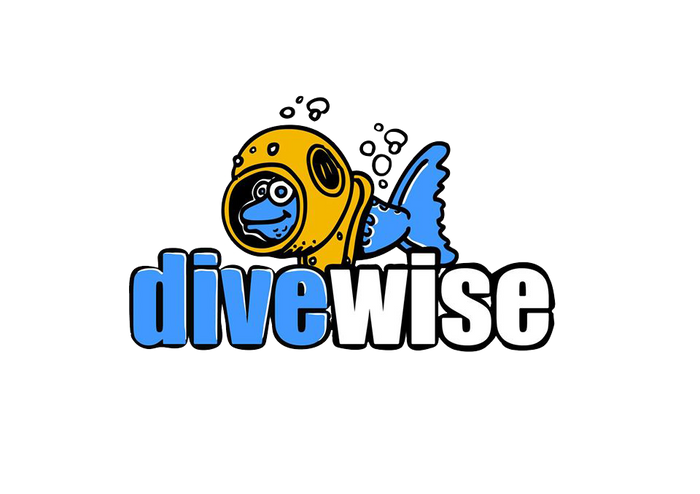Hello hello. I’ve been asked to write a little article on Sea Hares. Now Sea Hares are part of the big family that I love, Opisthobranches.
CONTENTS
Classification
Sea Hares are a subclass of Gastropods. A Gastropods belong to a large taxonomic class of invertebrates within the phylum Mollusca called Gastropoda. This class comprises of snails and slugs from saltwater, from freshwater, and from the land.
There are approximately 3000 species of Opisthobranches (marine gastropods) which range in colour, size, habitats, anatomy and a myriad of other considerations.
There are several subclasses of Opisthobranches and the Sea Hare is a member of Aplysiida.N.B
At this point I would like to point out that Sea Hares are NOT Spanish dancers.
Spanish Dancers are in fact from the Nudibranch class and are called Hexabranchus sanguineus. Many people confuse them as the Sea Hare can swim similarly to the Spanish Dancer. Plus, the Spanish Dancers colouration is very bright (usually red) and most of the Sea Hares are in fact dull browns, white and blacks.
Anatomy
Let us take you around the anatomy.

Evolution
Opisthobranchs are molluscs. Over thousands of years they have transformed from the ‘snail’ literally coming out of their shell to either still having a shell inside their body or discarding the shell altogether. To combat the lack of defence of a shell to retreat into, nearly all the opisthobranchs have some form defence mainly from chemicals ingested from the foods or collecting hydrozoans stinging cells which they store in their cerata. The opaline gland located in the mantle cavity and when provoked, the sea hare will produce purple toxin substance as its defence from this gland. Sea Hares are herbivores and feed on different species of algae and seagrasses.
Malta’s species
Which are you likely to see around Malta? The most abundant would be the Aplysia Fasciata. This is the biggest of the Sea Hares and are dark brown to black with a red line around the edges.

To see these fascinating animals, it is better to find them out at night. Others you could see are the Aplysia Dactylomela – fairly large in size, white in colour with black circle markings on the body.

Aplysia Punctata are smaller, brown in colour with some white markings.

The most spectacular is the Bursatella Leachi or Ragged Sea Hare. This animal grows to 8 to 10cm and has two different patterns, the greenish-brown dark pattern or the green grey or whitish brown clear pattern. Both of these has a blue or coloured spot(s) in the centres of dark areas.

Photographs
If you dive at the right time of year, July, August and September you will see an overabundance of these animals as it is mating season. Come and join me at Divewise on a night dive and see what else you can find.
How about learning more of the Sea Slugs and Nudibranchs by taking my very own Mediterranean Sea Slug Specialty.
Contact Divewise on info@divewise.com.mt and we will give you all the information you require.
Come on, I’m waiting for you.
Written By: Sarah Shaw




